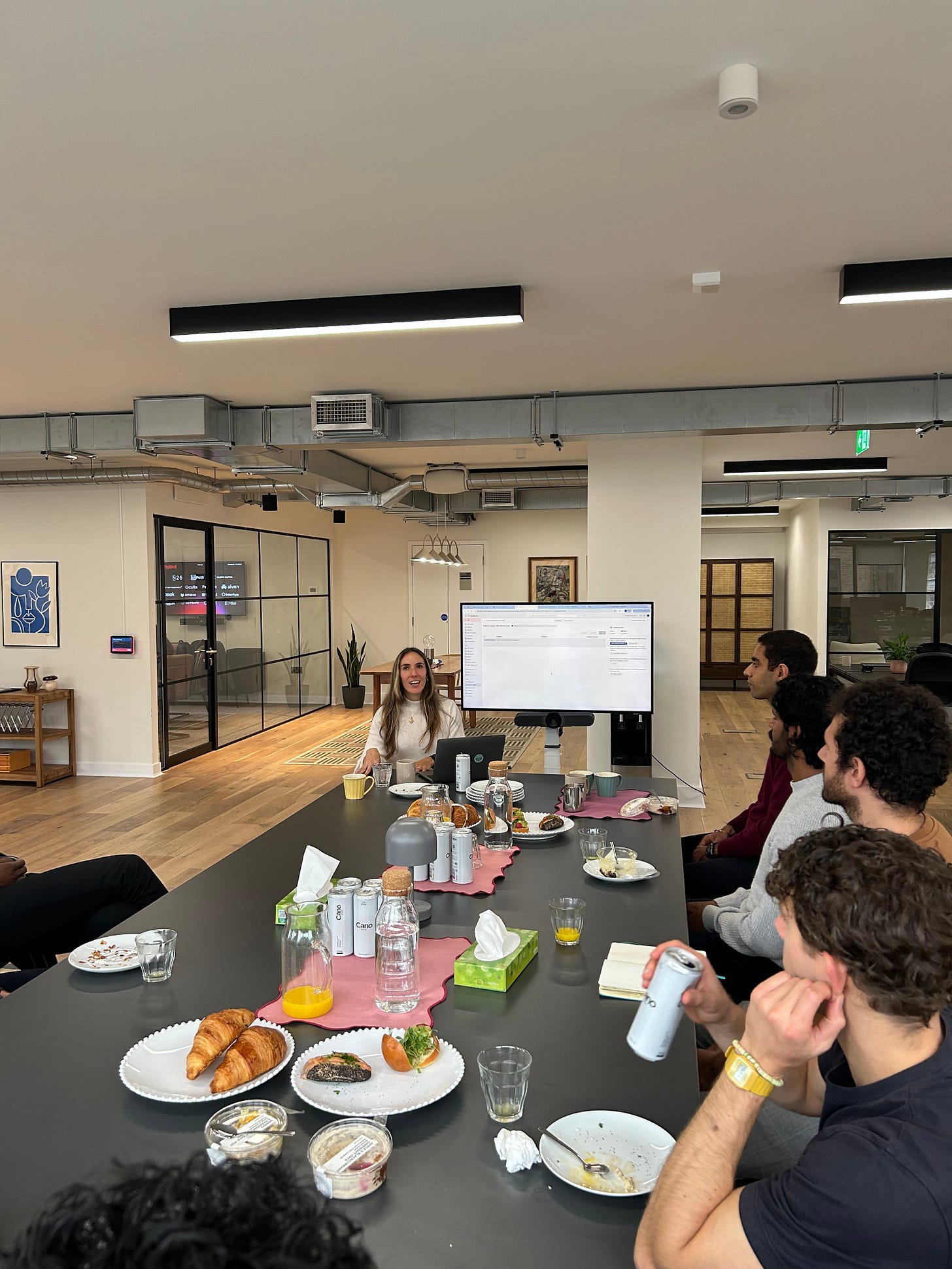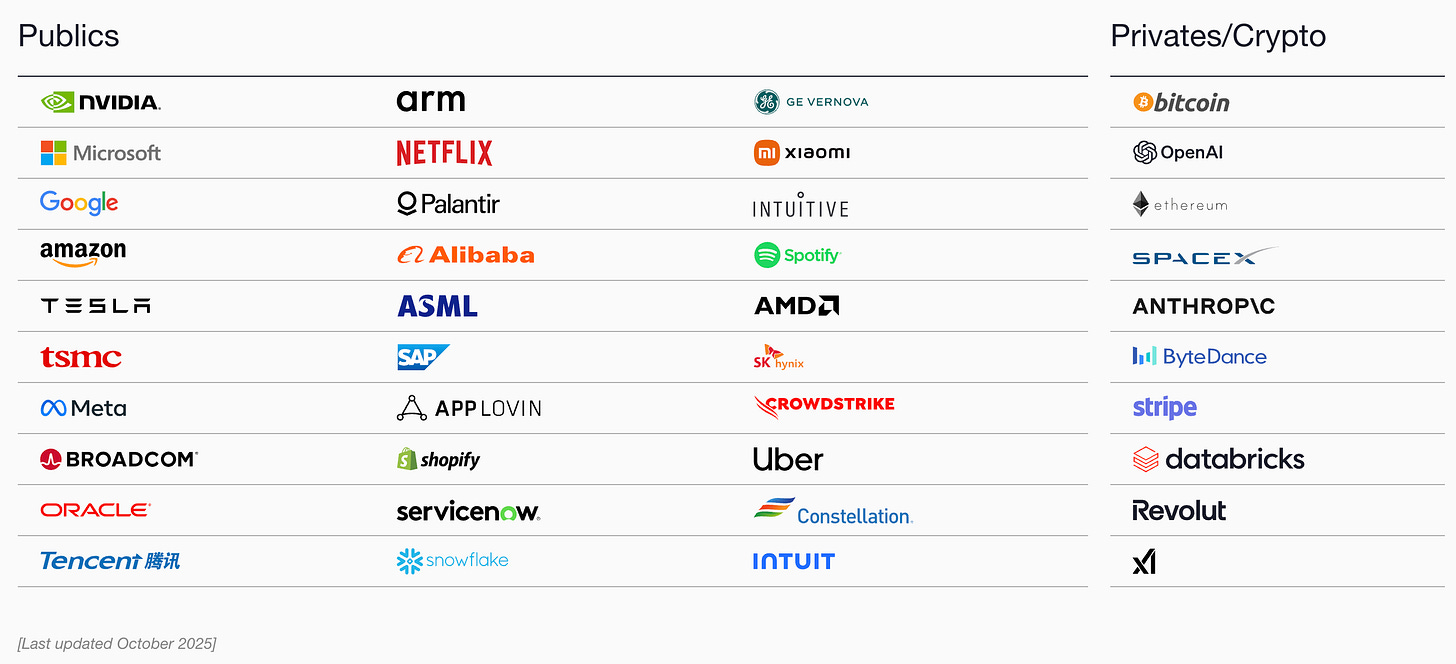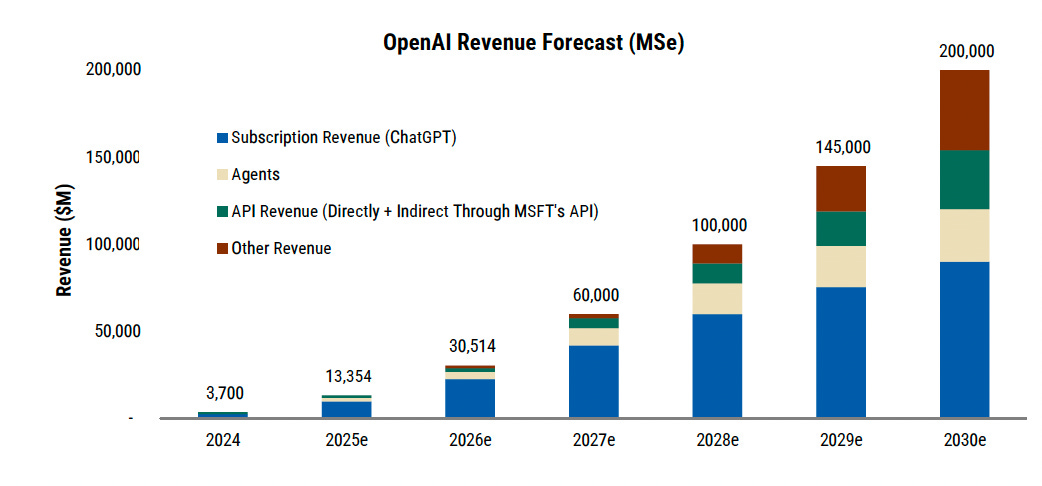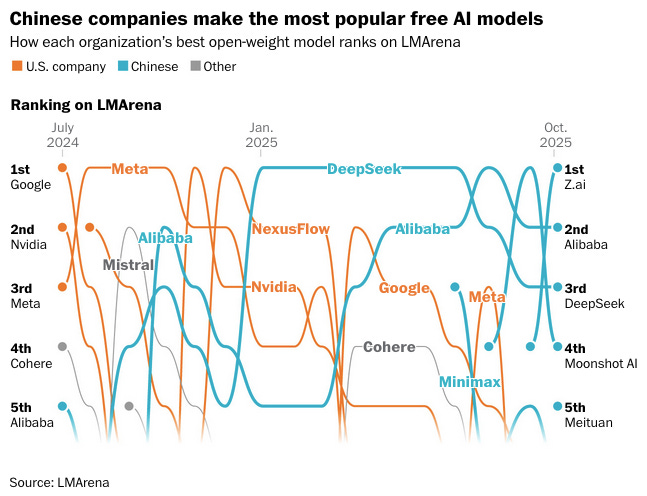Building Enterprise AI: Databricks' Chief AI Officer Maria Zervou
Governing Agents In Production
Software Synthesis analyses the evolution of software companies in the age of AI - from how they're built and scaled, to how they go to market and create enduring value. You can reach me at akash@earlybird.com.
Gradient Descending Roundtables in London:
Last week, we hosted Maria Zervou, Chief AI Officer EMEA at Databricks for a Gradient Descending roundtable.
Databricks’ phenomenal growth at scale (50% YoY, $4bn run-rate, 140% NDR) underlines its position as the leading platform for enterprises to deploy AI.
The roundtable covered a lot of ground, with the below key takeaways:
Data Intelligence vs. General AI
Databricks’ approach is distinct from generic LLM applications:
General AI: Using OpenAI/Anthropic models with prompt engineering alone
Data Intelligence: Grounding AI in proprietary data with robust governance
Competitive advantage comes from data access, not just model selection
Three Pillars of Databricks’ AI Platform
Governance (Unity Catalog)
Centralised permissions for data, models, and tools
End-to-end lineage tracking from data → application → end user
Critical for EU compliance and financial services
Open source governance layer
Grounded AI
Opening data/tools to agents in controlled ways
Python tools, MCP servers, SQL access, vector stores
Permission propagation from end user to data layer
Flexible AI
Partnership with all major cloud providers, OpenAI, Anthropic
Support for all open-source models (including Chinese models via self-hosting)
Model routing capabilities for cost/performance optimisation
The Evaluation Challenge
Current State:
Customers don’t know which models work best for specific tasks
Databricks’ Solution:
Custom “judges” (fine-tuned models for specific evaluation tasks)
Out-of-box judges for: grounding, safety, bias
MLflow-based evaluation framework (open source)
Version tracking and A/B testing capabilities
SME labelling sessions for continuous improvement
What’s Happening In The Field
Potential Reasons For The MIT “95% Failure Rate” Report:
Primary reason: AI products cannot log, trace, understand, or prove value
Lack of end-user involvement in development process
Insufficient hands-on support and change management
Real-World Agent Limitations:
Multi-step execution: Maximum ~5 steps in production
Steps are templatised and controlled, not free-form
Financial services require predefined workflows with reasoning at each step
Human-in-the-Loop is Reality:
Automation dream vs. reality disconnect
Even with reasoning capabilities, manual approval required
Example: Credit limit increases still need human sign-off
Fine-tuning?
Not much adoption despite initial hype
Reasons:
Maintenance burden (retraining, drift monitoring)
Unclear ROI vs. larger base models
Only justified for specific industry vocabulary or behaviour constraints
Example: Medical app - never give advice, only facilitate conversation
Use Case Evolution
Three Tiers of AI Adoption:
Productivity Improvements (2023-2024)
Copilots for individual users
Incremental efficiency gains
Process Automation (Current focus)
Templatising business processes
Agent-driven workflow automation
Scaling human tasks
Business Model Innovation (Emerging)
Complete rethinking of value propositions
Example: Behavioural assessment company → AI-powered team formation and task assignment platform
Represents genuine innovation beyond productivity
Agent Development: Different Approaches With Databricks
1. Full Hands-On Development
Complete control over agent behaviour
For complex, custom requirements
Requires engineering expertise
2. Agent Bricks (Semi-Hands-On)
Pre-built components:
Information extraction
Knowledge assistant (RAG)
AI BI Genie (text-to-SQL)
Customer LLM (fine-tuning)
Multi-agent supervisor
Still requires understanding of extraction processes and evaluation
Not for non technical business users
GTM Dynamics
Historical Approach (Pre-2024):
Engineering-focused, bottom-up sales
Build POCs/MVPs with engineering teams
Blocked at large organisations without C-suite buy-in
Current Approach:
Top-down + bottom-up simultaneously
FDE (Forward Deployment Engineers) for hands-on work
C-suite positioning for change management
Industry roundtables for peer learning
What Works:
Bringing customers together to share implementations
“Customers don’t want to be left behind”
Success tracking: New use cases 1-2 months post-event
Digital natives adopt much faster than traditional enterprises
Data Marketplace
Delta Sharing:
Structured data exchange between companies
Use case examples:
Retail: Suppliers ↔ Supermarkets
Travel: Airports ↔ Airlines
Enables better collaborative models without competitive compromise
Solution Marketplace:
Customers can sell bespoke agents to other companies
Example: Travel industry agent
Revenue stream for customers
MCP Integration
Databricks has made a large investment in MCP support
Auto-release of tools as MCP servers (text-to-SQL, similarity search)
Bringing external MCPs into Unity Catalog with permission management
Planning MCP/agent marketplace
External MCP usage: Expect usage-based charging similar to APIs
Data
Coatue’s updated Fantastic 40
OpenAI’s ramp is unprecedented by a mile, dominated by ChatGPT
Reflection AI might change things, but clear that a large % of AI ecosystem now reliant on truly open models from China
Reading
The Data Source #28: Mapping out the Future of Compute 🌎
Building in the AI Era: The HeyGen Way
The Hard Way Pays Off: Inside Sierra’s Design Partner Strategy
Seeing Science Like a Language Model
Have any feedback? Email me at akash@earlybird.com.






